Editor’s Notes:
The original plan for the course “Panoramic View of International Contemporary Arts” conducted by Professor Qiu Zhijie from the School of the Experimental Arts was to offer 40 optional places for students of CAFA. However, due to the features of online classes with the pandemic, each online class within this topic has attracted more than 300 people. The WeChat group of this course has reached its max capacity, 500 people. Students from different academies were able to meet each other through this class. As Professor Qiu addressed a sort of “dine together teaching style”, how could students learn about the face of contemporary art through this course? How could students understand the characteristics of contemporary art in Northern California, Cuba, Detroit, and Africa, etc. through their exploration? Let’s have a look.
About the Professor:

Qiu Zhijie, Dean of the School of the Experimental Arts of CAFA, Doctoral Supervisor. He is the council member of the China Artists Association, Vice Director of Experimental Art Committee of the China Artists Association, and the guest artist of Contemporary Art Institute of Chinese National Academy of Arts.
About the course:
Panoramic View of International Contemporary Arts
School: The School of the Experimental Arts of CAFA
Tutor: Qiu Zhijie
Duration: May 7th, 2020 to June 1st, 2020. Four weeks in total.
Target Students: students from other departments as optional courses
Teaching Aims:
The course aims to provide students an overview of the history, international view, mechanism, and various creative methods of contemporary art through lectures, self-studying, and practice-based assignments. It also expects students to deeply learn artists’ working methodologies through some of their representative works. Based on this, the course hopes to allow students to utilize these methodologies to create works. By doing so, students can understand better in terms of different artistic phenomena, and master the law of art, thus intensifying the understanding of their own major.

Teaching Announcement
Teaching Plans:
Week One
Monday: “The Basic Concepts and Misunderstanding of Contemporary Art”
Lectures for 2 hours and discussion for an hour.
Tuesday: “Classifying the Modernism”
Lectures for 2 hours and discussion for an hour.
Wednesday: “The Post-war Struggle between Europe and America”
Lectures for 2 hours and discussion for an hour.
Thursday: “Consumerism and Material System”
Lectures for 2 hours and discussion for an hour.
Friday: “Internal Anti-system Movement in the West and the Rise of the Third World”
Lectures for 2 hours and discussion for an hour.
Weekend Homework: “Research on the Status of Contemporary Art in Various Countries and Regions”
Every student should choose the current state of contemporary art in a country or region that he or she is most interested in for in-depth research. The student is expected to make a presentation to the group by summarizing his or her research results in slides next week. Please do not choose cases of master artists that all students know about. Instead, students should choose recent cases, things happening in the present and artists who have limited visibility for research. The slides should be no more than 30 pages and the presentation should be limited to 15 minutes. If students use a video in their slides, the length of their explanation in their presentation should be considered.

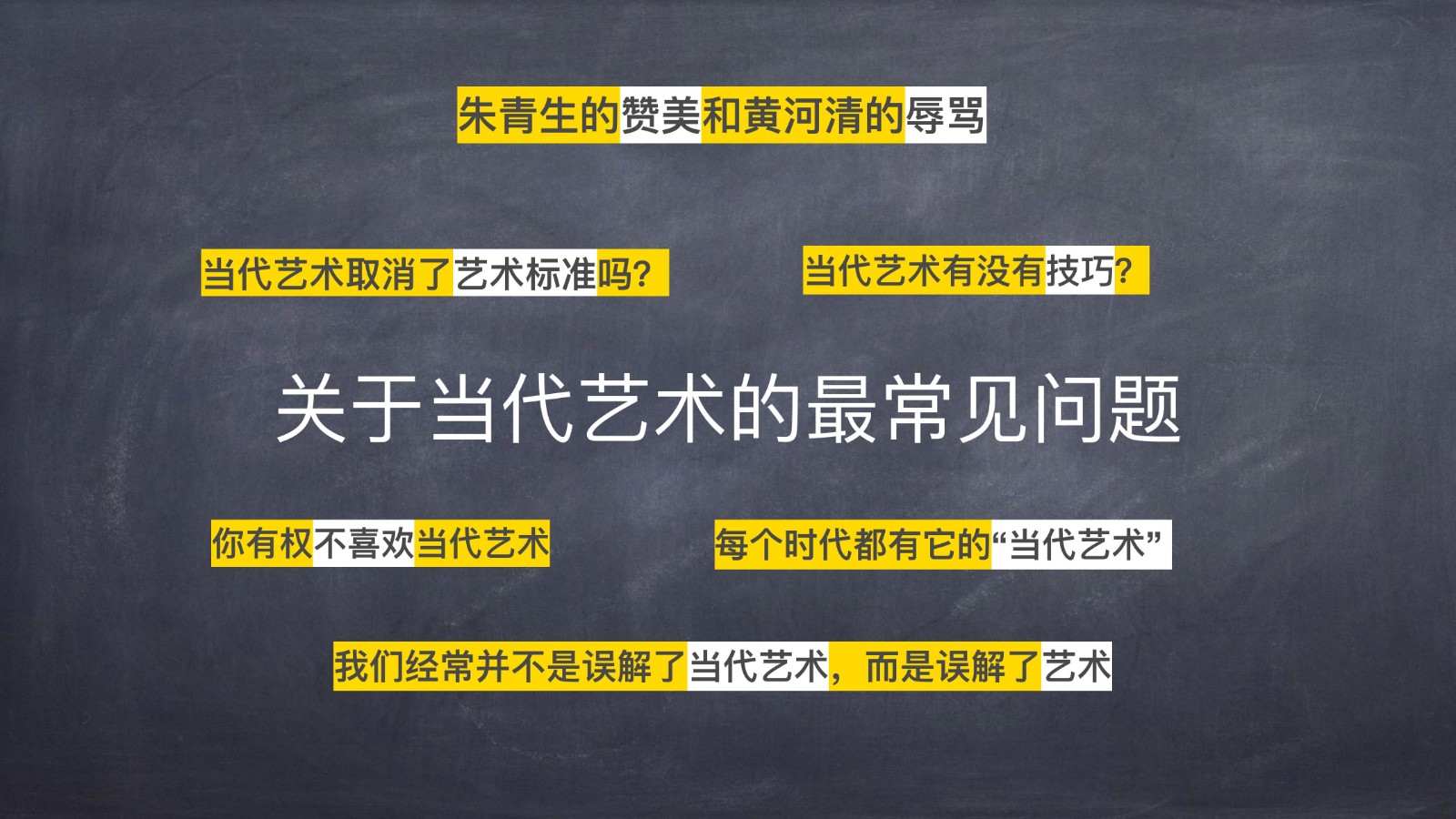

Teaching Slides—“The Basic Concepts of Contemporary Art”
Week Two
Monday: “Overview of Contemporary Art in European Countries”
Please introduce the countries and regions you are researching.
Tuesday: “Overview of Contemporary Art in the United States and Canada”
Please introduce the countries and regions you are researching.
Wednesday: “Overview of Contemporary Art in the Asia Pacific”
Please introduce the countries and regions you are researching.
Thursday: “Overview of Contemporary Art in Africa and South America”
Please introduce the countries and regions you are researching.
Friday: “International Contemporary Art in the Middle East”
Lectures for 2 hours and discussion for an hour.
Weekend Homework: “Research on Common Topics of Contemporary Art”
Each student is expected to conduct in-depth research project on the topic that interests him or her the most within the eight common topics of contemporary art proposed in the course. The student should make a presentation to the group by summarizing his or her research result in slides next week. Please do not choose cases of master artists that all students know about. Instead, students should choose recent cases, current artists that have limited visibility should be chosen for research. The slides should no more than 30 pages and the presentation should be limited to 15 minutes. If students use a video in their slides, the length of their explanation in their presentation should be considered.
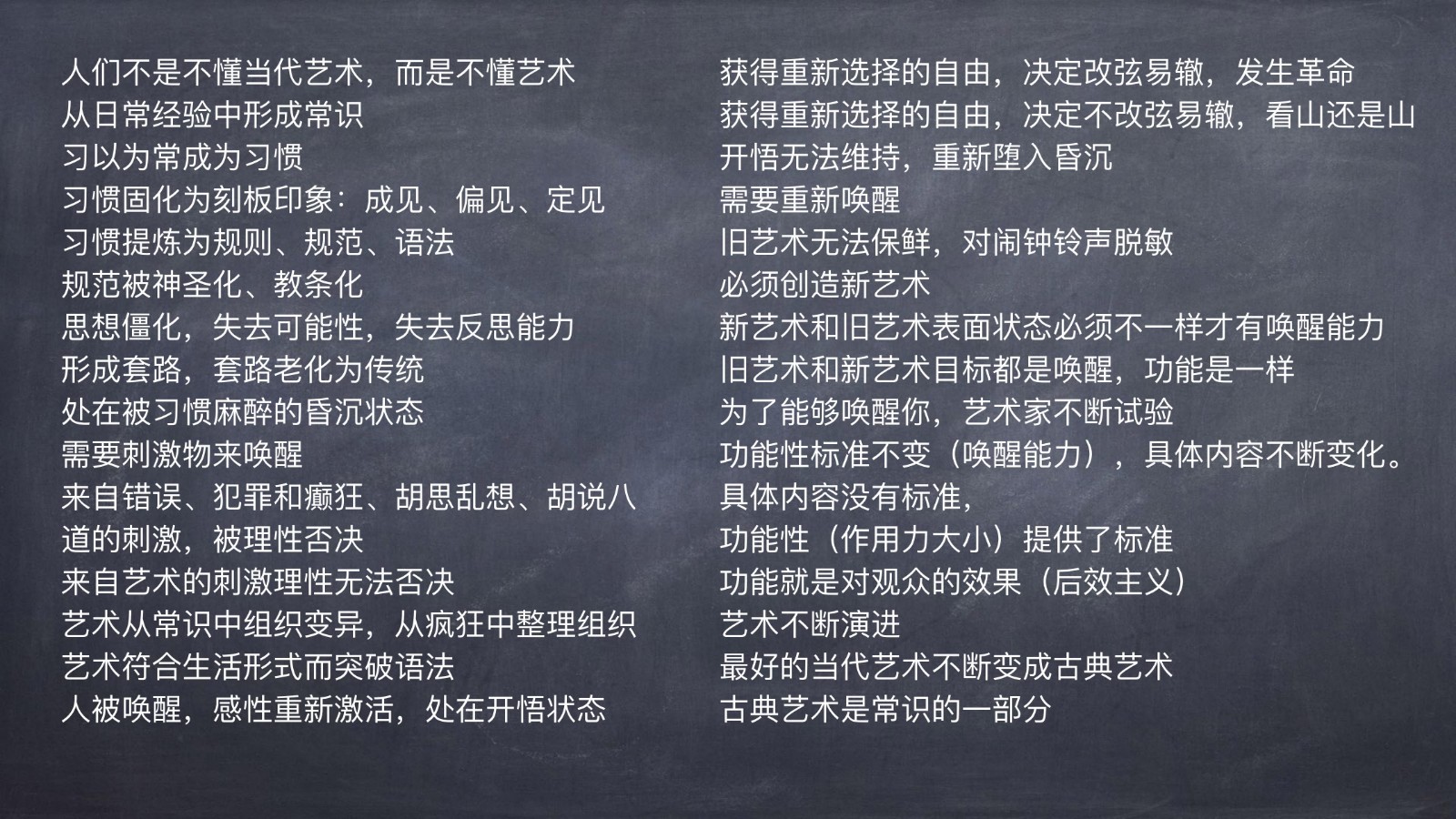
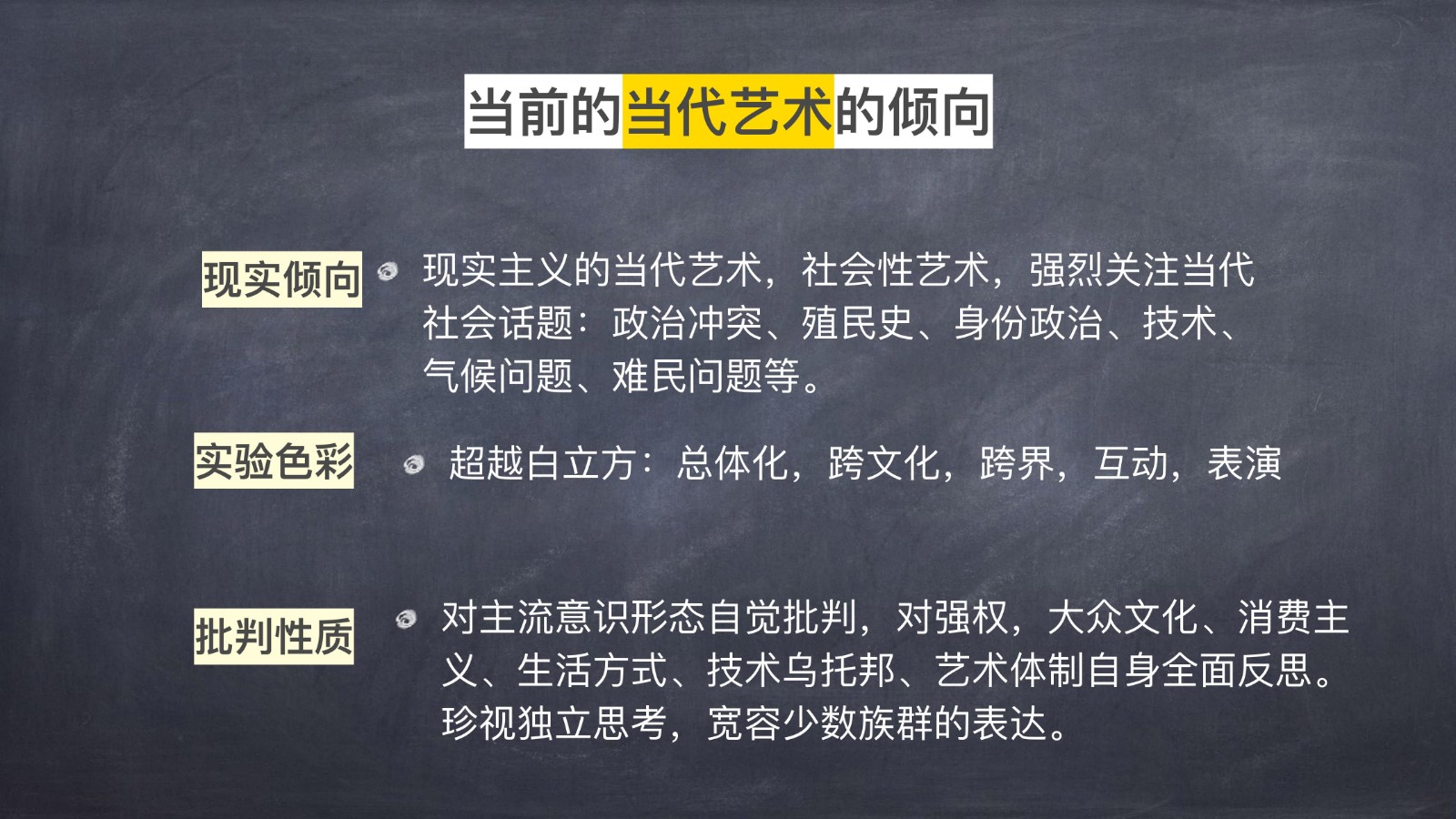

Teaching Slides—“The Basic Concepts of Contemporary Art”
Week Three
Monday: “Important Issues of Contemporary Art”
Lectures for 2 hours and discussion for an hour.
Tuesday: “Common Methods of Contemporary Art”
Lectures for 2 hours and discussion for an hour.
Wednesday: “The Creative Process of Contemporary Art”
Lectures for 2 hours and discussion for an hour.
Thursday: “Collective Memory and Rediscovering Craft”
Please introduce the issues your group is researching on.
Friday: “The Ecological Environment and the Globalized Migrants Conflict”
Please introduce the issues your group is researching on.
Weekend Homework: “Working Plan”
Students are expected to use the working methods learned this week, and to propose a work proposal. A complete plan should include a sketch and concept of their works, the display text of the plan, the physical description of the work details, the source of materials, the budget and the time plan as to how to realize it, etc. Students should imagine that they are introducing their plan to a “Party A”—whether this “Party A” is a curator, collector, art museum director, or government official. Students should strive to get a chance to implement it.


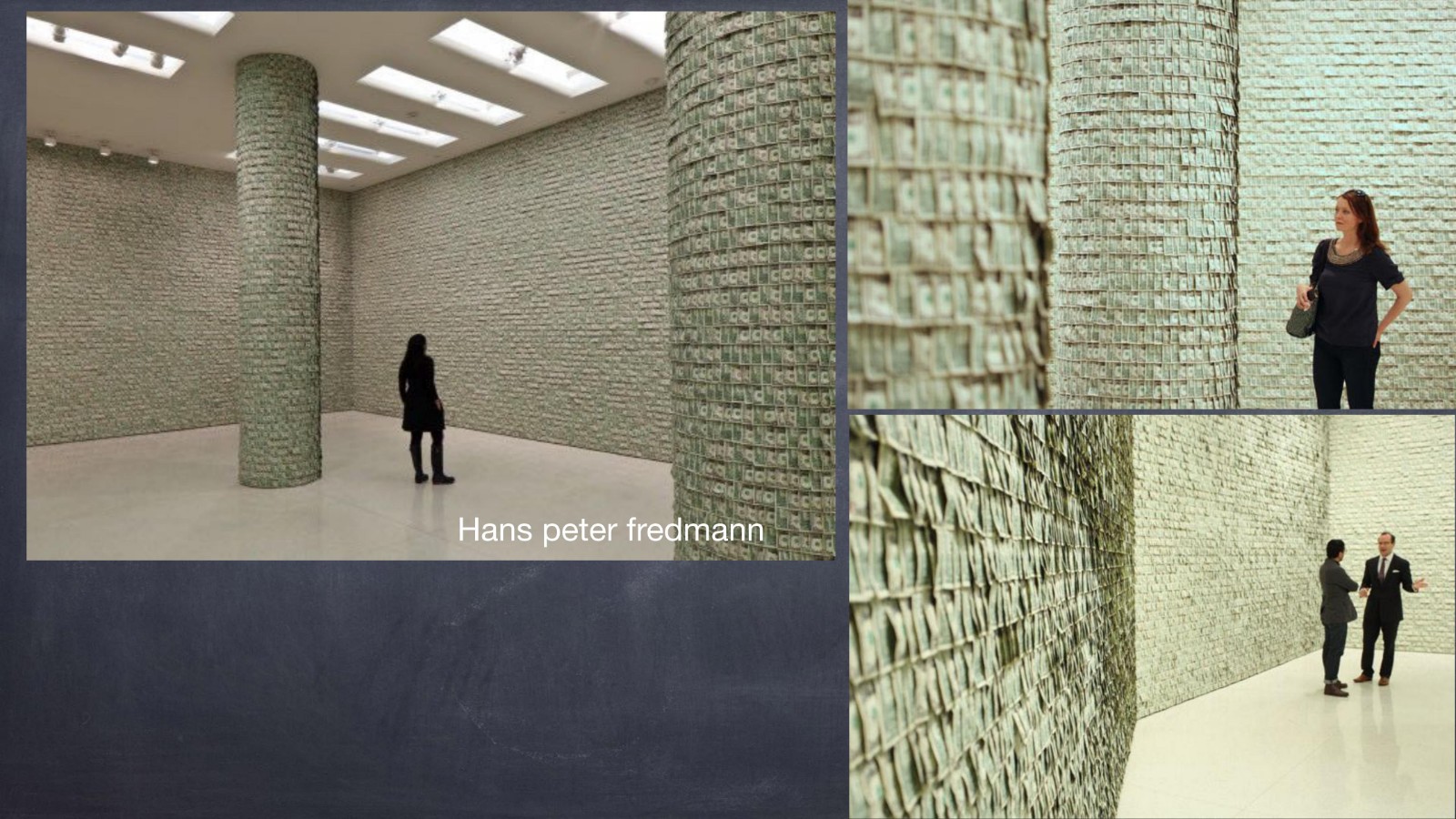
Teaching Slides—“The Basic Concepts of Contemporary Art”
Week Four
Monday: “Social Intervention and Daily Criticism of Spectacular Society”
Please introduce the issues your group is researching on.
Tuesday: “Capital Labor Employment and Individuals, Religion and Philosophy”
Please introduce the issues your group is researching on.
Wednesday: “Petro-dollar to Neoliberalism”
Lectures for 2 hours and discussion for an hour.
Thursday: “Post-Cold War, Post-colonial, Post-Humanity, War on Terrorism, Tug of War of Radicalism and Conservatism”
Lectures for 2 hours and discussion for an hour.
Friday: “Overview of Contemporary Art Ecology and Today's Problems”
Lectures for 2 hours and discussion for an hour.
Weekend Homework:
Every student should write a “XX Art Movement Manifesto” and a “Chronology of Major Events in the History of Art Development in the Next Fifty Years 2020-2070”.
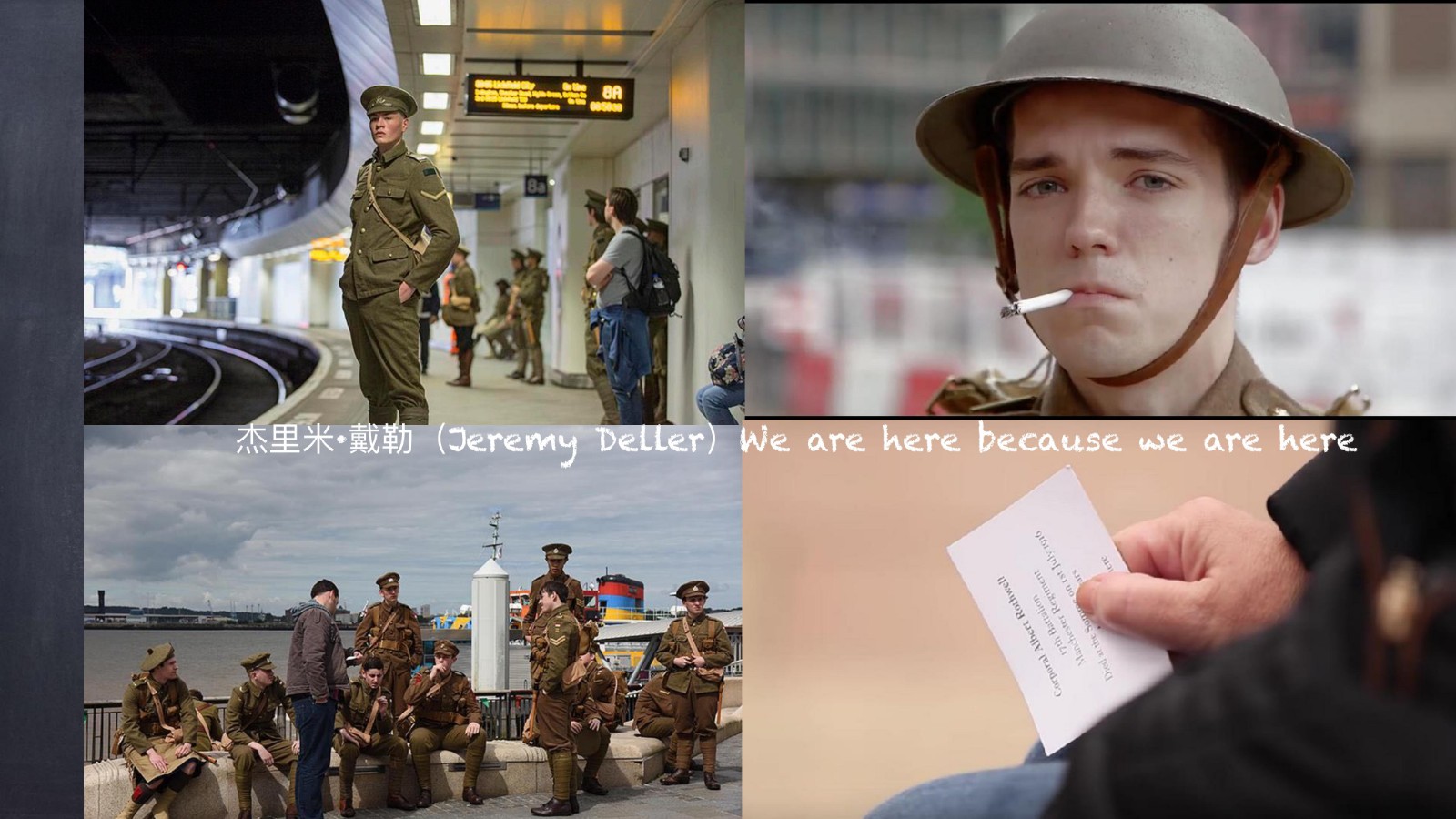

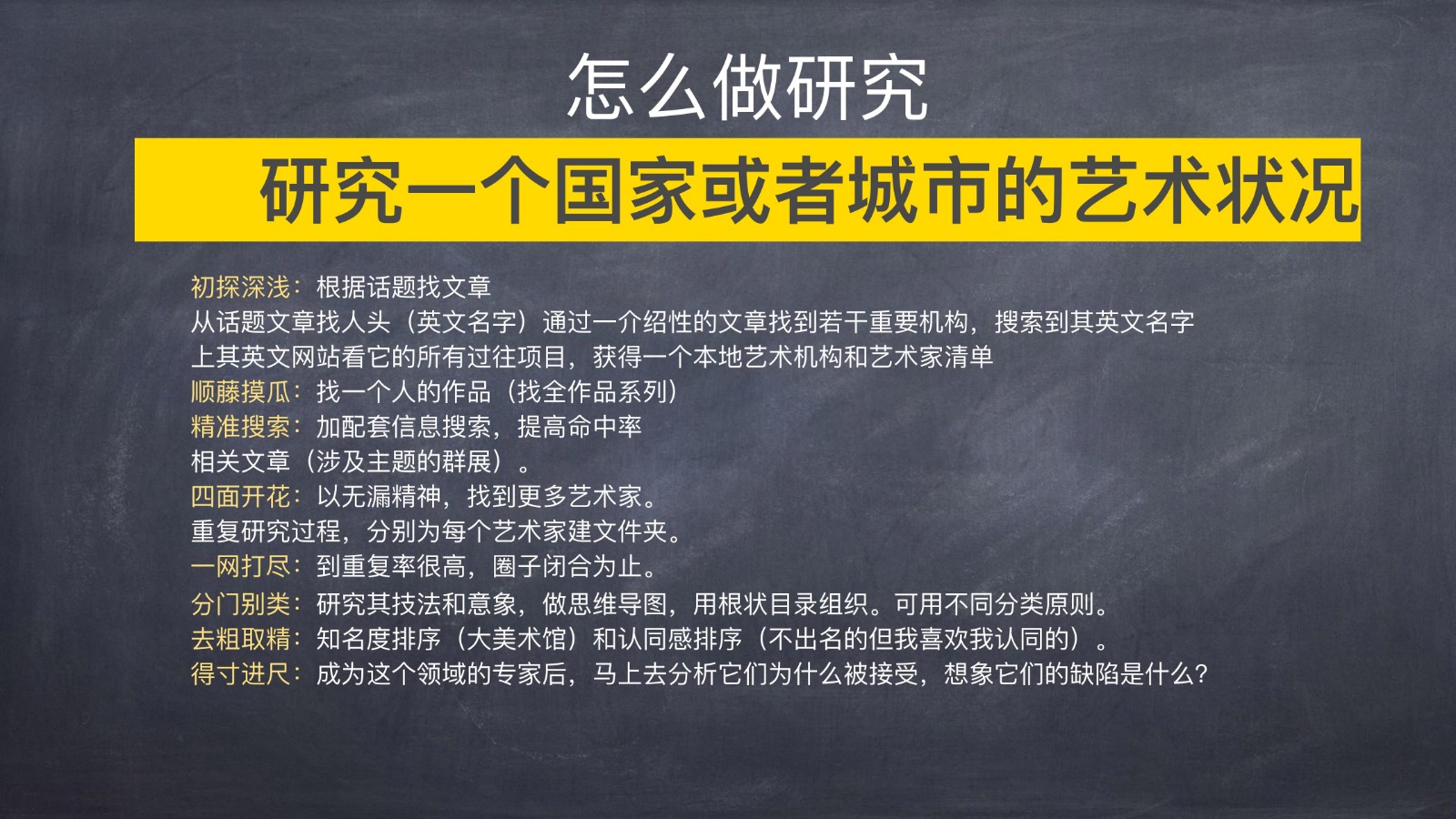
Teaching Slides—“The Basic Concepts of Contemporary Art”
Recommended Books:
e-flux journal, What is Contemporary Art?, Gold Wall Press, 2012
Grayson Perry, Translated by Zhu Xiaotu, Playing to the Gallery, Hunan Fine Arts Publishing House.
Lee Ambrozy as Chief Editor, Inside and Outside the White Cube: 50 Years of ARTFORUM Contemporary Art Criticism, Joint Publishing
Robert Hughes, Translated by Ouyang Yu, The Shock of the New, China Academy of Art Press
Interview with Professor Qiu Zhijie:
CAFA ART INFO: Traditional art education methods rely more on face-to-face communication and discussion, and there are obvious differences from online teaching. For the School of Experimental Art, what are the previous education methods? What characteristics do you think are irreplaceable when comparing online teaching?
Qiu Zhijie: This semester I took 13 weeks of online courses, including 4 weeks’ “Creation of Social Hot Topics ” for undergraduates in our school, 4 weeks’ optional course of “Panoramic View of International Contemporary Arts” open to all CAFA students, and 5 weeks’ “Large Art Project” for graduate students of the School of Experimental Art. A total of 2500 pages of Slides were newly created. Online classes have higher requirements for quality in teaching slides and we need to prepare more carefully. In order to take these online courses this semester, the preparation notes I prepared total about 700,000 words. In other words, four or five books were almost finished. Regardless of online and offline, I like to adopt the “dine-together teaching” method. After decomposing the research task, I hand it over to each student. After I have done a demonstration of how to do research, students will do their research separately, and finally, we will chat together. This is very different from traditional education.



View of Online Teaching
Traditional art education relies on teachers’ hands-on demonstrations. Teaching experimental art and the basic education of painting is different, which previously did not involve hands-on demonstrations. But in fact, I have been making an effort to provide some hands-on demonstrations when teaching experimental art. By doing so, students could reflect that, if some demonstrations lead to better results, then other results are wrong, these things can become persuasive in the process of a demonstration, instead of just talking about how well-known and influential an artist is, or what the social significance of a piece of work is. As far as contemporary art is concerned, it is often the depth of research and the quality of thinking that determines its quality. The depth of the research and the quality of thinking can actually be largely achieved through online teaching.
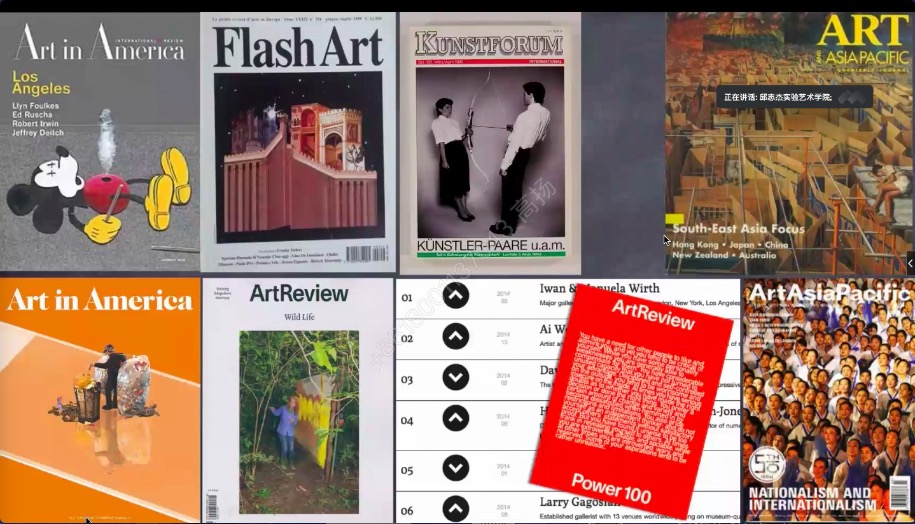


CAFA ART INFO: Online education is not fresh, especially in regards online courses for everyone, the recording, broadcasting, and live broadcasting of many courses in various social platforms have become a mature industry chain. Specifically, art online classes are largely promoted by the entire art academy field, which is bound to bring about more extensive discussions. Have you been in touch with online classes before? How long did you prepare for the class?
Qiu Zhijie: The teachers at the School of Experimental Art are probably familiar with online courses. As for myself, online classrooms have always been a very important part of my teaching. A large part of my postgraduate teaching is achieved through WeChat groups. For postgraduate students supervised by me, they are required to submit their writing assignments on the 15th and creative assignments on the 30th of every month. At the same time, each student has to choose an article for translation every week. Discussions on writing and creative assignments are conducted in the WeChat group.
I will also ask students to post whole paragraphs of text in the WeChat group as much as possible to resist fragmented expressions on the Internet. It is also convenient for future plans in archiving and publishing. As for the classes taught online, I used to communicate with Skype the most of time. Now, because of the pandemic, everyone used Tencent Conference or DingTalk to take online classes. I found that the domestic software is indeed very suitable for national conditions in China and is more useful. The recorded and live broadcast online course resources are more like a teaching database, the problem is the lack of exchange and discussions. For art courses, this discussion maybe even more important. It is not just about telling and disseminating some knowledge. It requires the on-site response to the work proposal.
Before the large-scale trend of online classes, I was preparing an online course called “Technology Art”. At the same time, I am also collaborating with artificial intelligence companies and scientists to develop my own digital double for online lessons, but unfortunately, it was too late to use it. I think that the online courses that are recorded and broadcast today with slides and the image of teachers cannot meet the needs of high-end artistic talent training. Instead, it can only meet the needs of basic knowledge popularization. An interactive artificial intelligence digital teacher who can discuss his or her plans with students and make optimization suggestions will bring a real revolution in online courses.

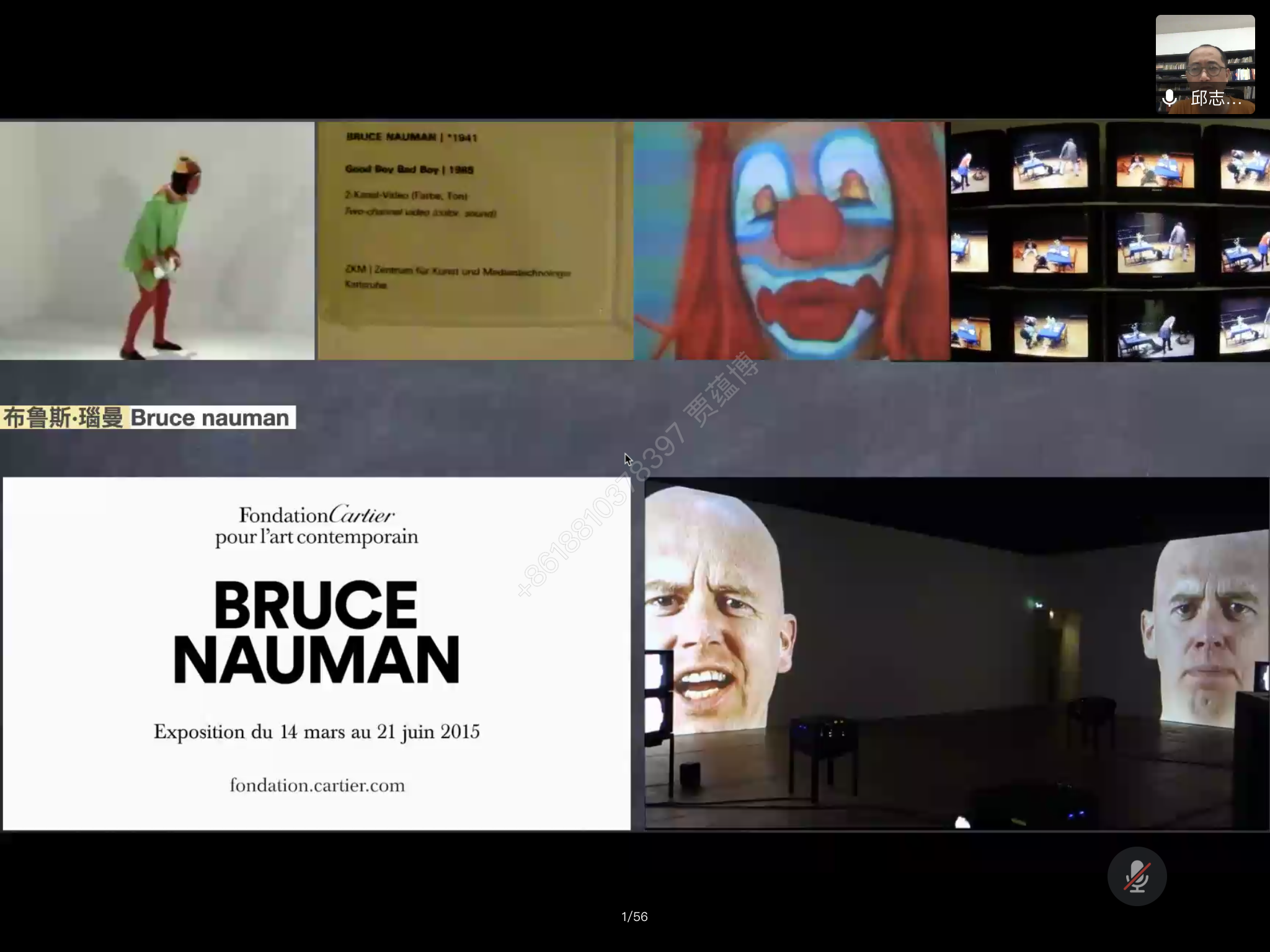
View of Online Teaching
CAFA ART INFO: In your opinion, what is the greatest advantage of online teaching? Is there anything that surprises you and is there a big change from the past? Can you describe it in detail?
Qiu Zhijie: I think the most valuable feature of online course software is the function of sharing the desktop. In the past, when slides were used in the classroom, students sometimes took out their phones to record. I always stopped them and told them that I would share these slides with them after class so that they can concentrate on the lecture. At present, they can take screenshots at any time after online lessons through screen sharing. The clarity is much higher than that of the projector, and I can't stop it.
I sometimes share the entire desktop and show students how to search for information on a subject, and sometimes I open a mind map document to show them how to build a research framework. Then I copy the mind map document into the word software to form an outline of a paper. Sometimes, while discussing with them, I would alter and modify documents until I finally came up with a good idea for the work. At this time, it is not a single process of knowledge infusion, but it shows students how I do research and how to think, this is equivalent to taking everyone into my laptop to see the distribution and naming of my various folders. In other words, this is a “meta-learning” of “l(fā)earning how to learn”.
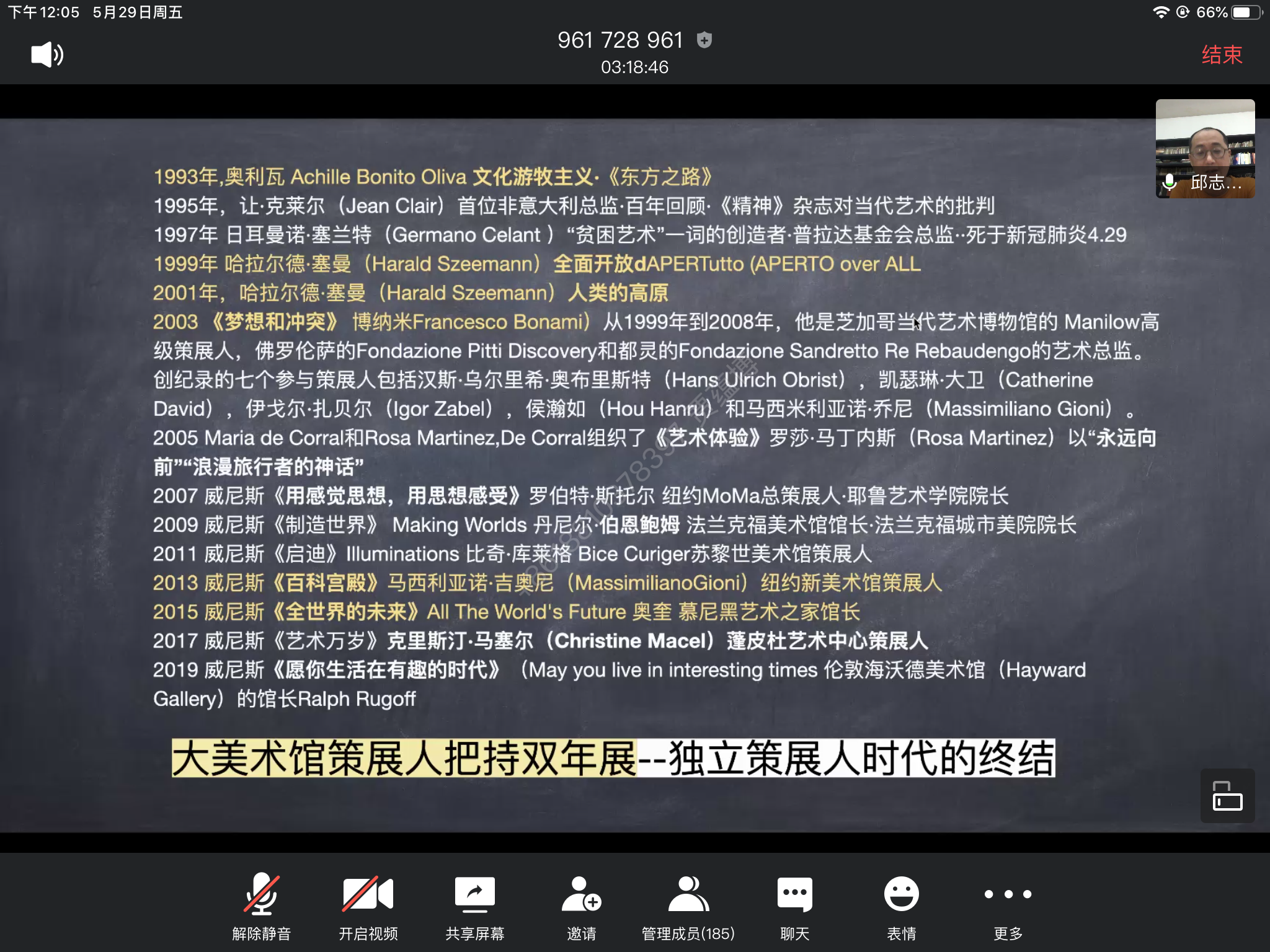
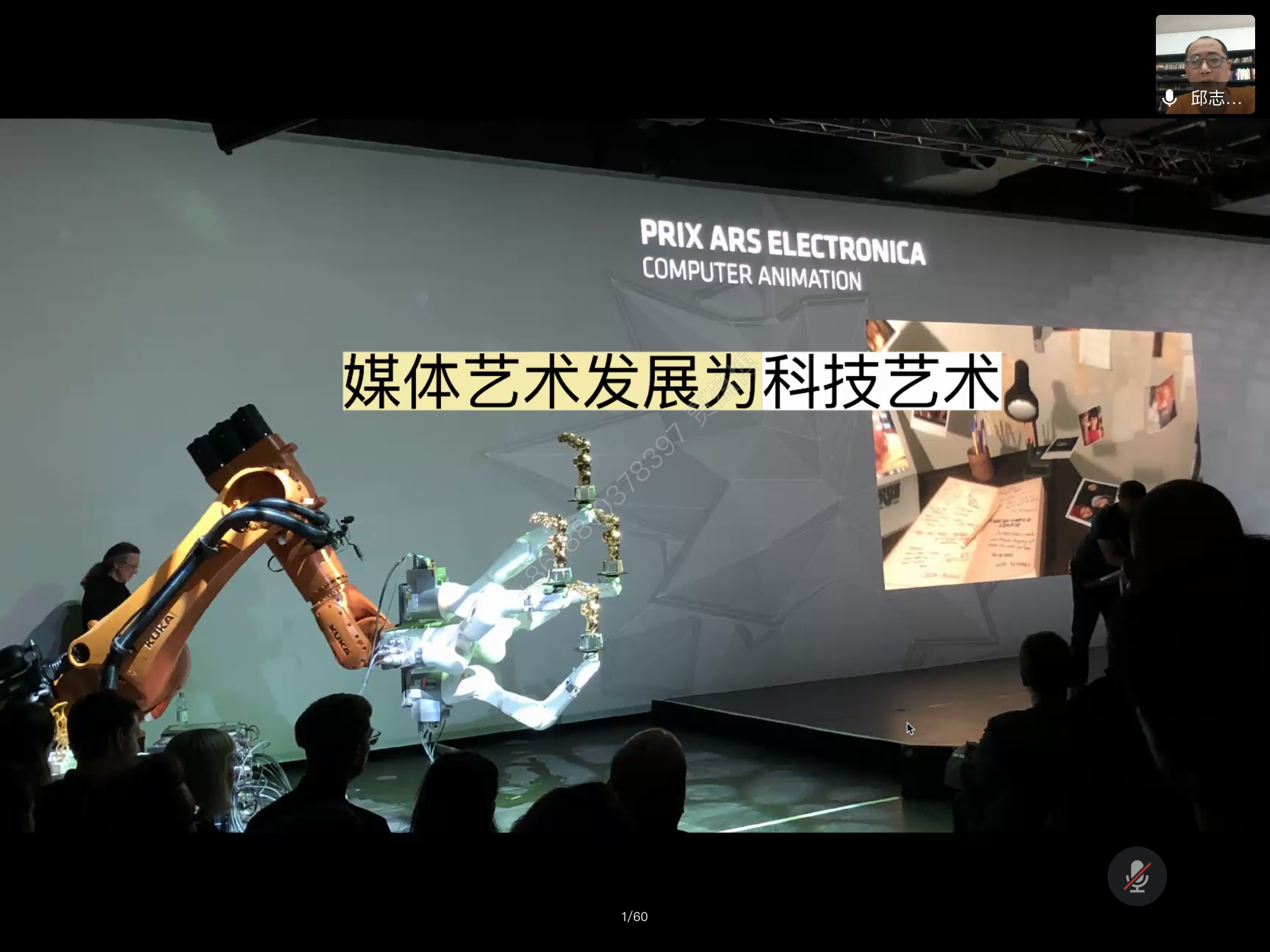
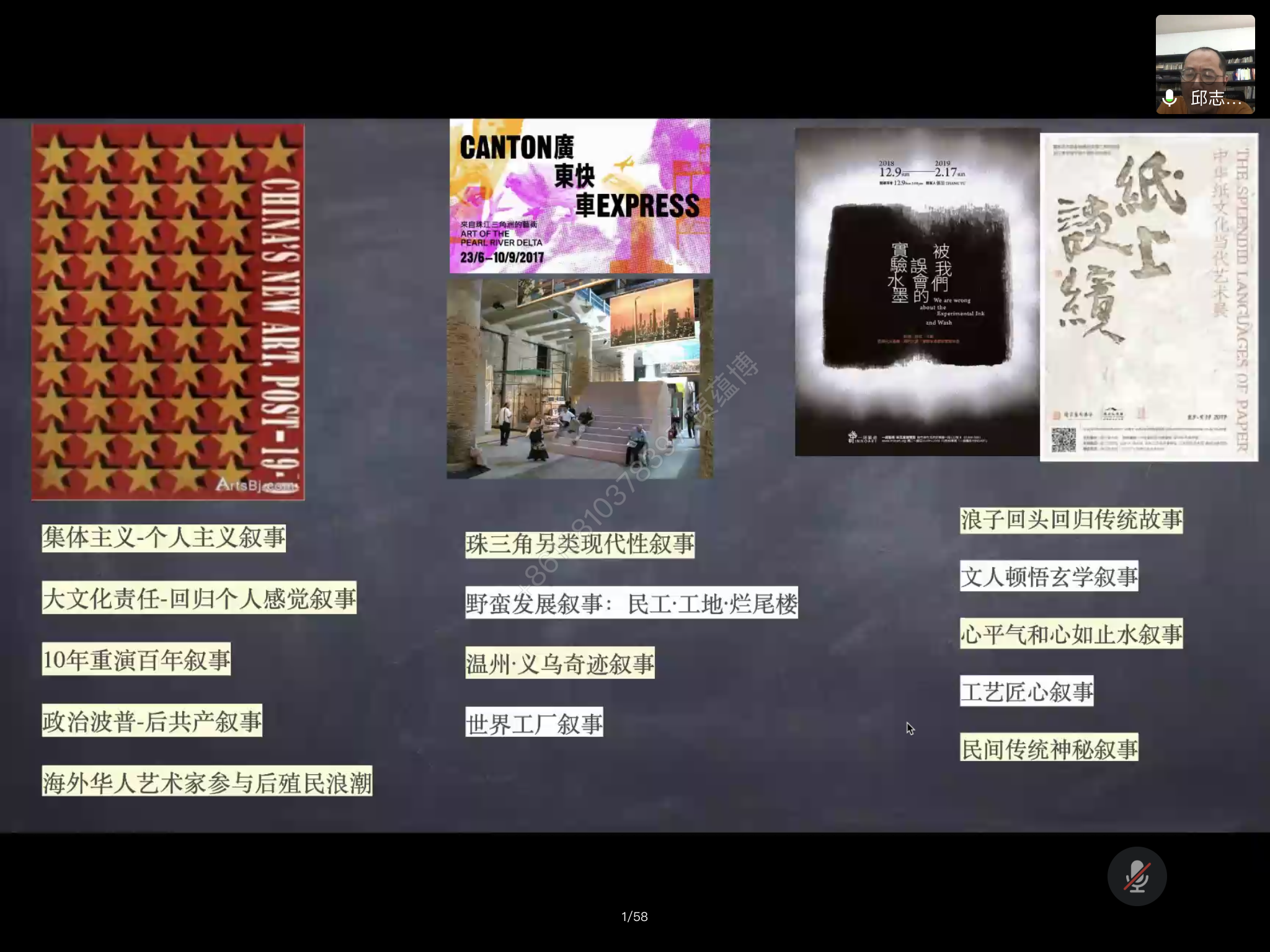
View of Online Teaching
In today's class, after I demonstrated this process again, a postgraduate student said that he finally found a feeling of learning painting in contemporary art. I asked him what it felt like, and he said, “someone dares to make demonstrations to you, and you can see how a good thing grows.” So, in online classes, I think the biggest gain is the opportunity to show students how to explore, how to do research, and show what kind of learner you are. In other words, it is actually to demonstrate to the students how I learned myself. Another unexpected and interesting point is that due to learning at home, many parents became enthusiastic “students”. For our experimental art, many parents do not know what their children learn in the academy. After the parents participated in some classes, their understanding and support for the children's learning has been greatly improved. Many students told me that their parents became my fans. This was an unexpected gain.
CAFA ART INFO: In this process, how efficient is the communication between teachers and students? What challenges and problems have you encountered? Especially the part that deserves our reflection and vigilance.
Qiu Zhijie: Our online course software is very well designed. While giving lectures, we can communicate with each other in the chat room, and can also exchange materials in the course documents. If there is a problem, I would say some students would pretend to appear online and do something else in reality instead, and nobody can know. There have also been cases in our class where individual students forgot to turn off the microphone and talked about other things with their family members. However, even in the face-to-face offline class, students’ minds will be distracted. In this case, I don’t think this is a big problem. It still depends on whether the teacher’s content is attractive and whether the topics initiated can make everyone feel it is relevant to them, useful to them, and able to participate enthusiastically.

View of Online Teaching
CAFA ART INFO: What kind of impact and influence do you think online teaching will have on traditional art education?
Qiu Zhijie: I think the popularization of online courses will cause a large-scale, perhaps excessive, elimination of teachers. After 500 people in the WeChat group of my course have signed up, other students cannot enter. There are usually about 300 students every day to attend my optional course “Panoramic View of International Contemporary Arts”, and some students are from other academies besides CAFA. I believe that some students actually skipped other teachers’ classes and came to attend my class. In this way, good teachers and ordinary teachers will quickly distance themselves through online classrooms. But I think this is risky. If the teaching resources are over-concentrated, and eventually a few outstanding star teachers will be the ones to attract everyone's attention, while other lessons conducted by less famous teachers are ignored, this is actually unhealthy for the diversification of the artistic ecology.
If we suppose that several art teachers in the future will become academic stars through online teaching. Numbers of people across the country can listen to lectures and accept their views. For me, it is a very dangerous and terrible thing. Many local teachers may not be as good as the celebrity teachers, but they also have their own unique understanding, and their own work experience which provides a lot of “l(fā)ocal knowledge”. The Internet should lead to the sharing of high-quality teaching resources, but the loss of this “l(fā)ocal knowledge” should be prevented. Students from all over the world should compare the views of the teachers around them with those of famous teachers to learn from each other.
CAFA ART INFO: In the era of the Internet and the deepening of emerging digital technologies, from your perspective, how can the discussion on topics such as “academy art education and public art education” be promoted to be more effective?
Qiu Zhijie: Due to the impact of the pandemic at this time, a large number of teachers who did not have much contact with the Internet in the past have become familiar with digital technology and Internet operations through the teaching tasks during this special period. It has led to good preparation for them to provide services for public art education in the future. I believe that after the pandemic, the harvest and preparations at this time will bring about a major outbreak of public art education. As for how to promote it, I have a point of view. I'm not particularly sure, and I don't know if it is right. I will try to talk about it—I always feel that it is wrong to separate professional art education from public art education for all.
We tend to talk about expert content in professional classrooms within the Academies of Fine Arts. When it comes to public art education for the whole people, we would bear a mentality of popularity and share some basic and simple knowledge, which includes some fixed conclusion in art history as well as some superficial stereotypes. I feel like, on the contrary, what ordinary people really need most is not common sense, but the process of how professionals evaluate and develop their works. In this case, I sometimes feel that what we need to present to ordinary people are our comments on students' works, and how to revisit their plans, as well as the Q&A section in the final presentations of our MA and Ph.D. students.
I think that in the future, our Ph.D. students’ proposal reports and graduate defense should be broadcast live on the network, and the result will be fairer. The biggest misunderstanding of the general public about art might be that artists are crazy, and art requires genius. For contemporary art, another misunderstanding is added, that is, contemporary art is messy and has no standards. In fact, as long as they look at how I help the students to advance the plan in class, they will find that we are neither neurotic nor do we need talent, and we are not messy at all. So, in my view, to devise another set of aesthetic education course for the general public seems to underestimate them. Inviting the public directly to view our professional class is precisely the strategy that explains the problem to the greatest extent.
I have another more adventurous point of view which I can also try to talk about. I have always felt that classical art should not be used as the basis of aesthetic education for the public. Today's classical art is the excellent contemporary art of the past era, and it is the breakthrough experiment of that time. Contemporary art is easier to operate, cheaper, more international, and more dedicated to stimulating innovation and creativity. Only then can it be used as an entry point for a national quality education.
A Chinese kid who does not understand Bach and ballet is not a tragedy. Just like a German kid who does not understand Chinese calligraphy or seal cutting, it is not a tragedy. But whether it is a child in China or Germany, if you have not watched a movie or listened to electronic music, it is a tragedy. After they have acquired the basic art education and the sensibility for innovation and creation in contemporary art, they can enter the classical art of various civilizations and traditions and conduct in-depth research. That is a matter for a few people.
View of Students' Work
Chen Doudou "Research on Contemporary Art in Mexico"

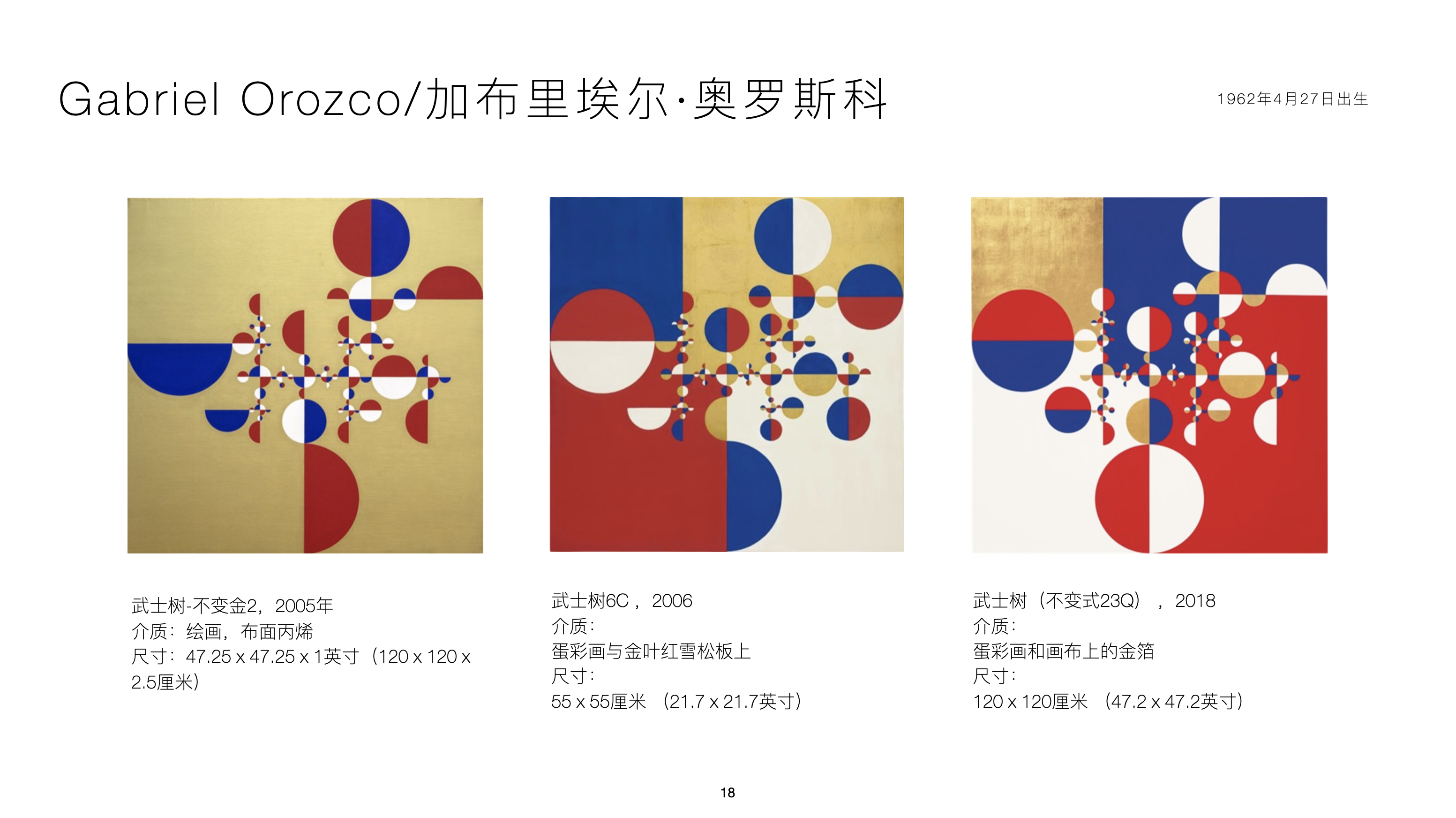
Gao Fei "Research on Contemporary Art in Northern California"

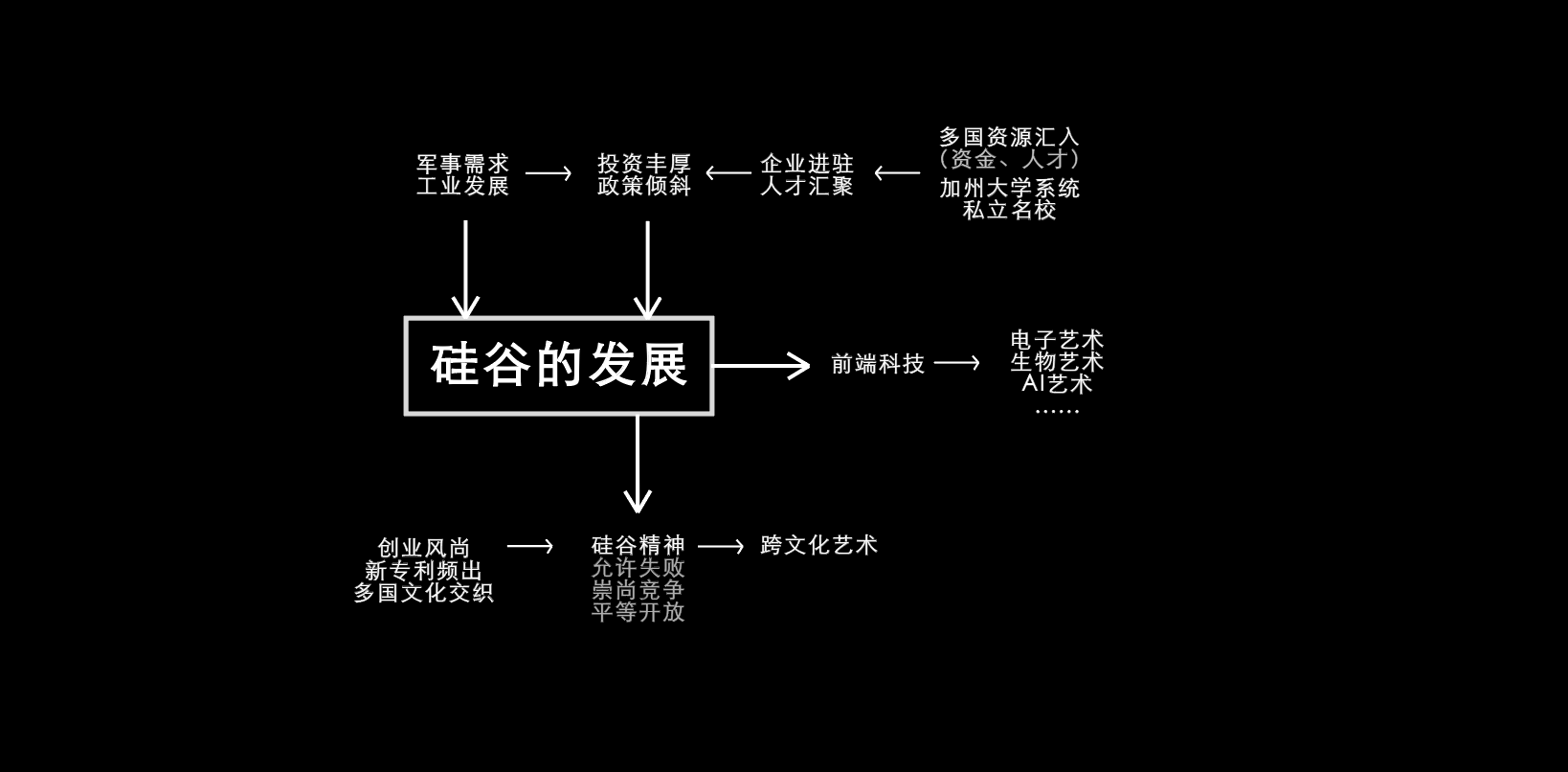
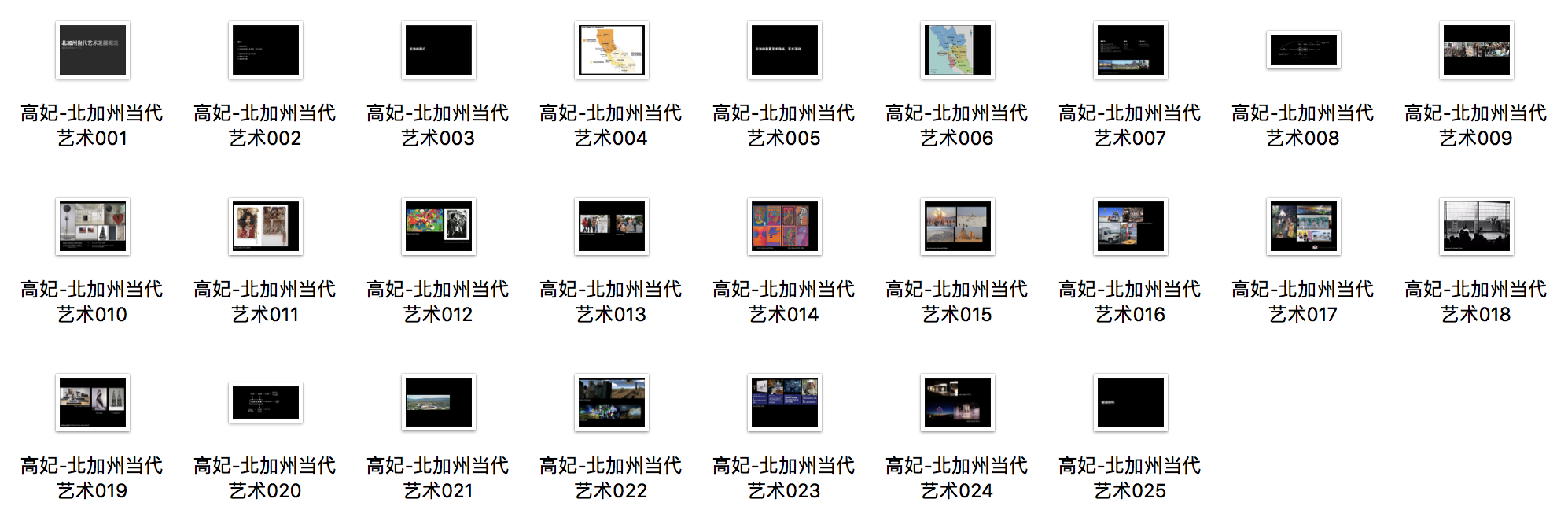
Li Guoxing "Research on Argentina Contemporary Art"
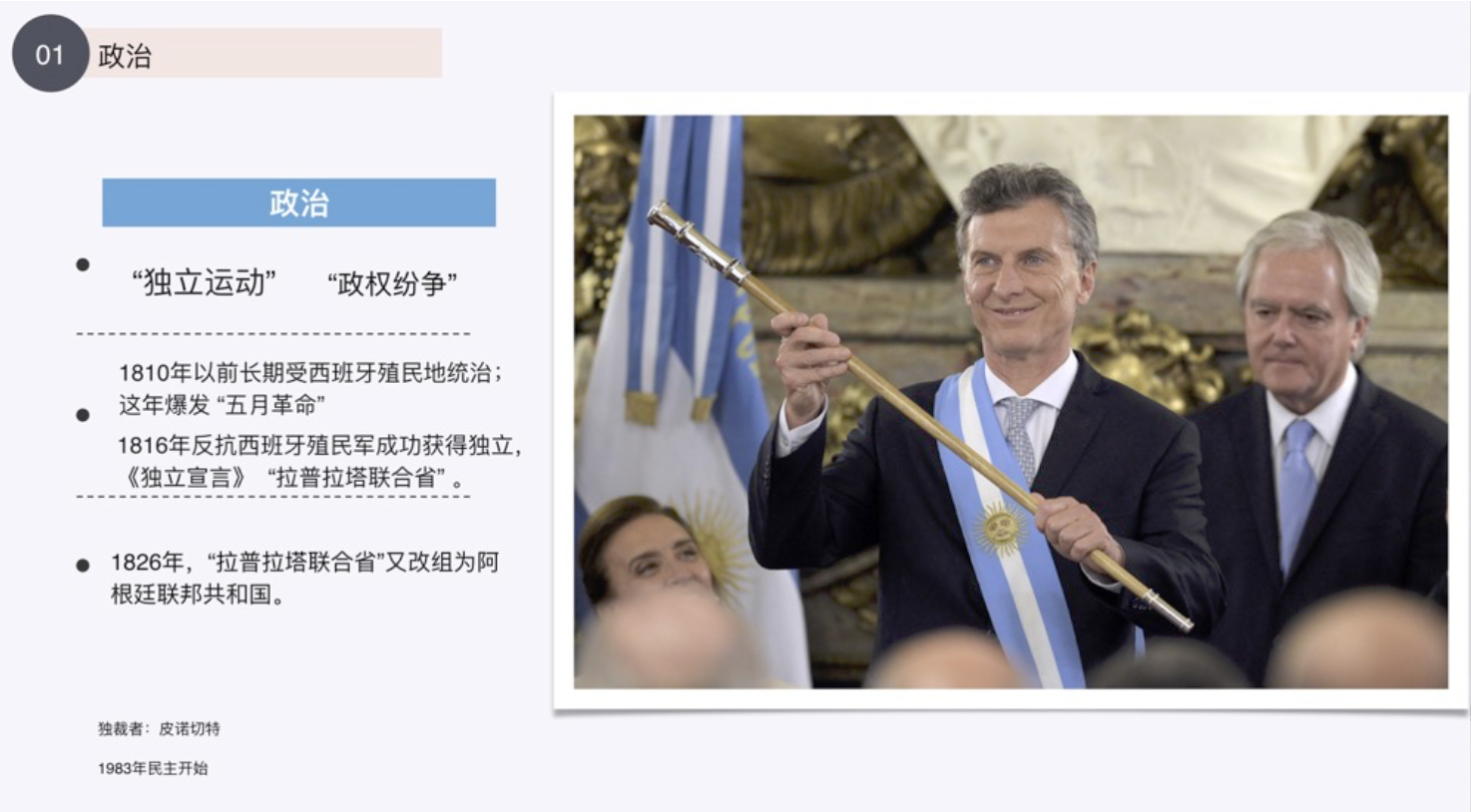
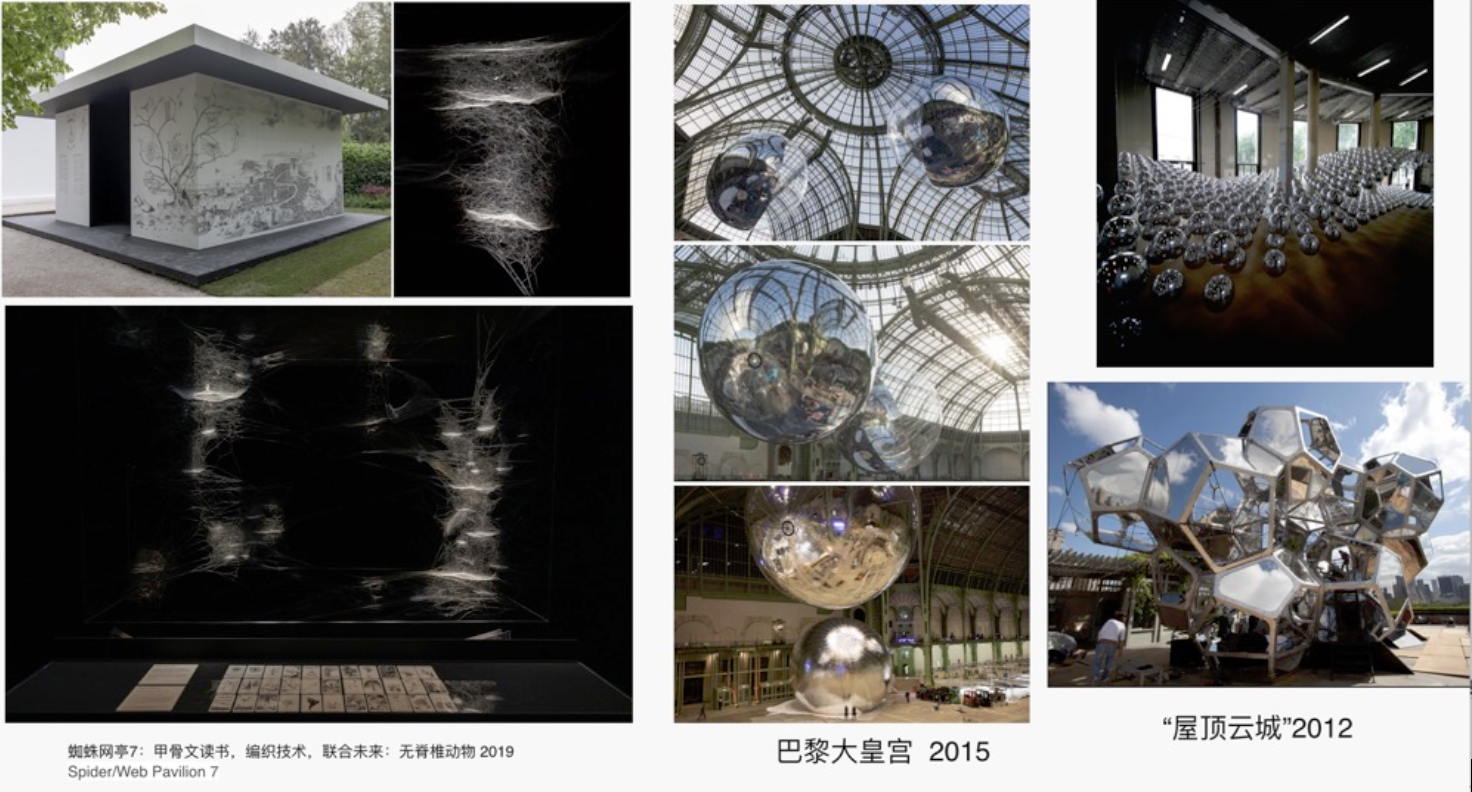

Rong Bing "Research on Contemporary Art in Switzerland"
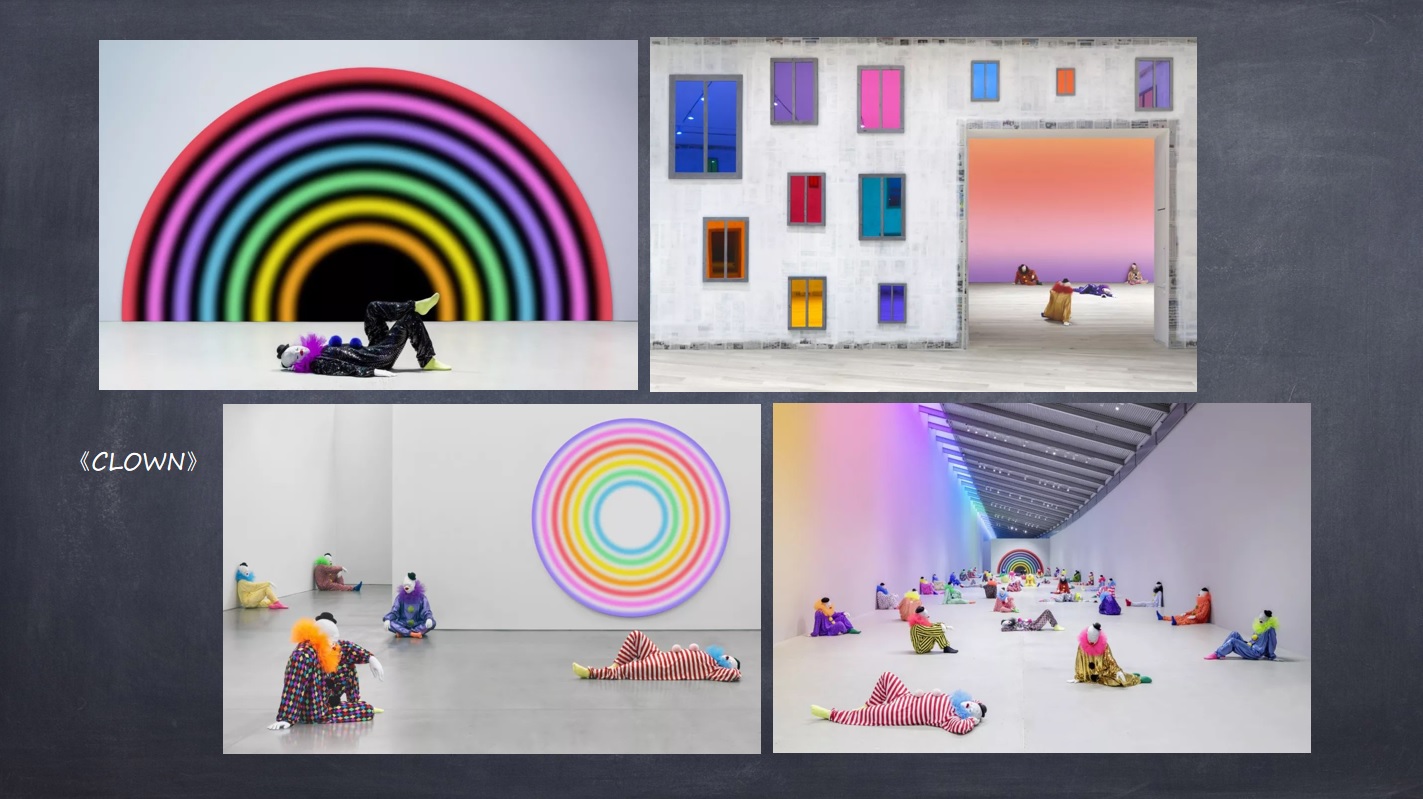


Sun Langdi "Contemporary Art Study in Brooklyn and Queens in New York"


Tian Xi "Research on Contemporary Art in Cuba"


 Wei Gaoyuan "Research on Contemporary Art in Korea"
Wei Gaoyuan "Research on Contemporary Art in Korea"


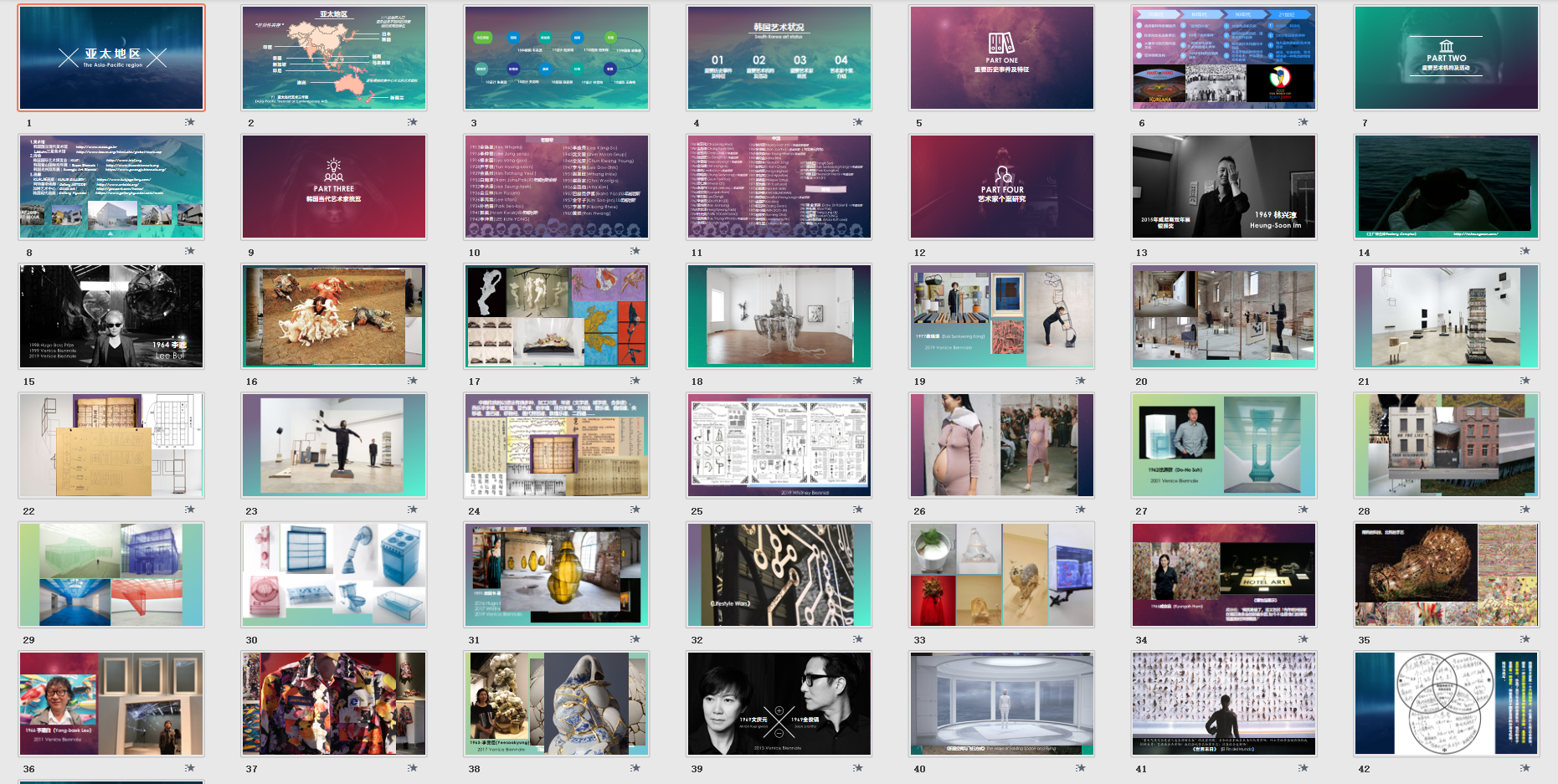
Xu Ruoxin "Research on Contemporary Art in Detroit"
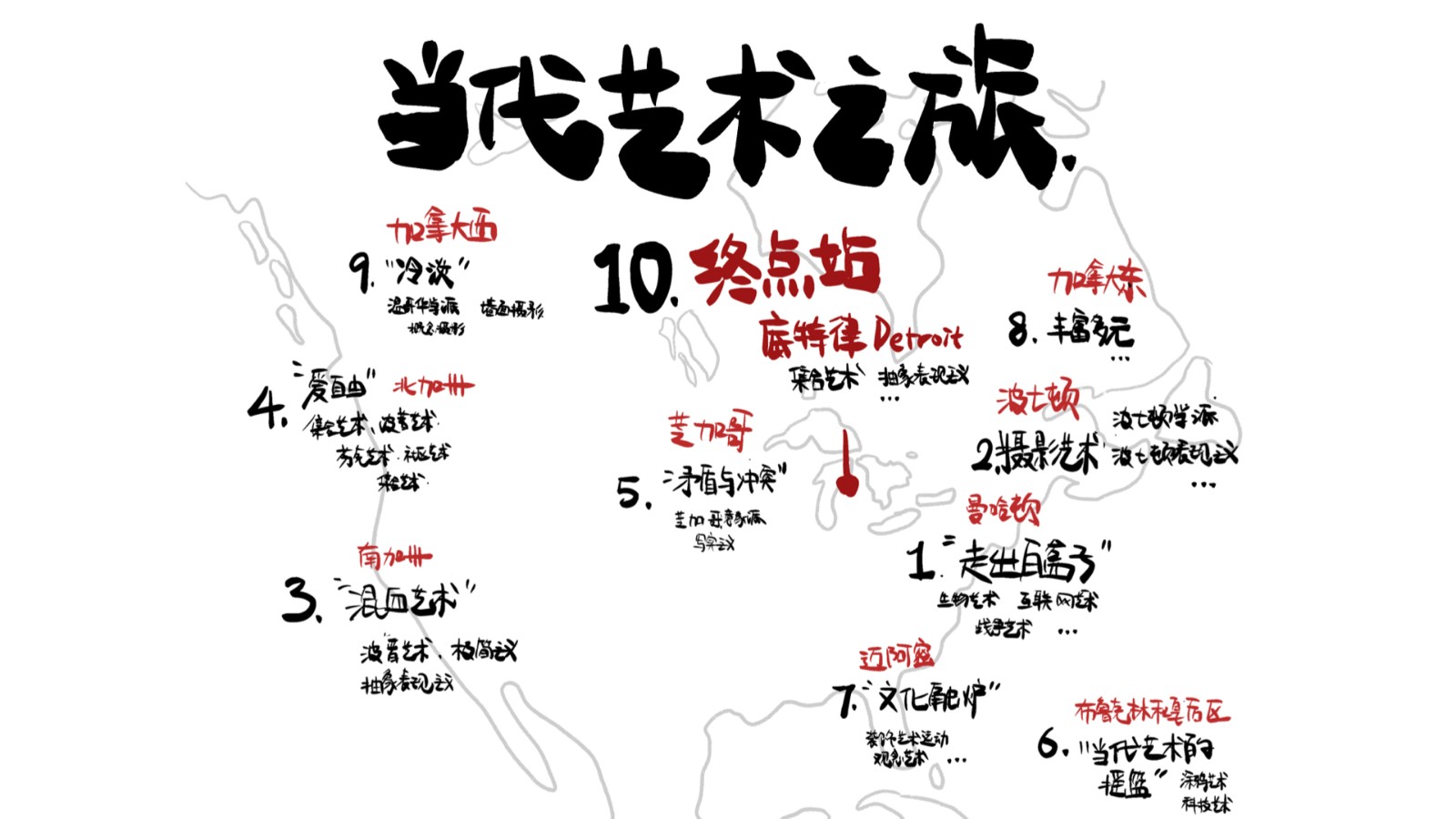
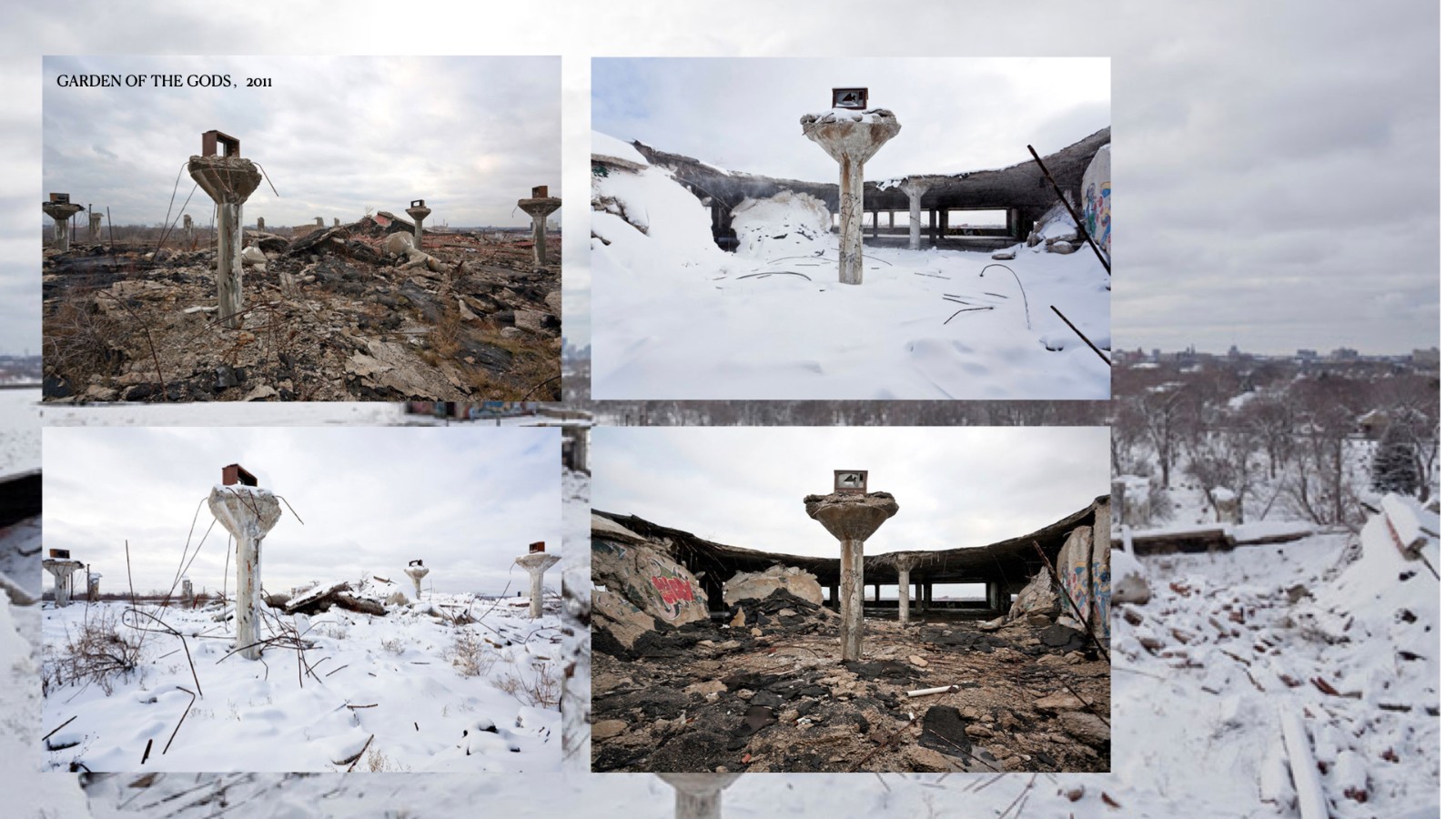

Yang Wei "Research on Contemporary Art in Other Regions of Africa"
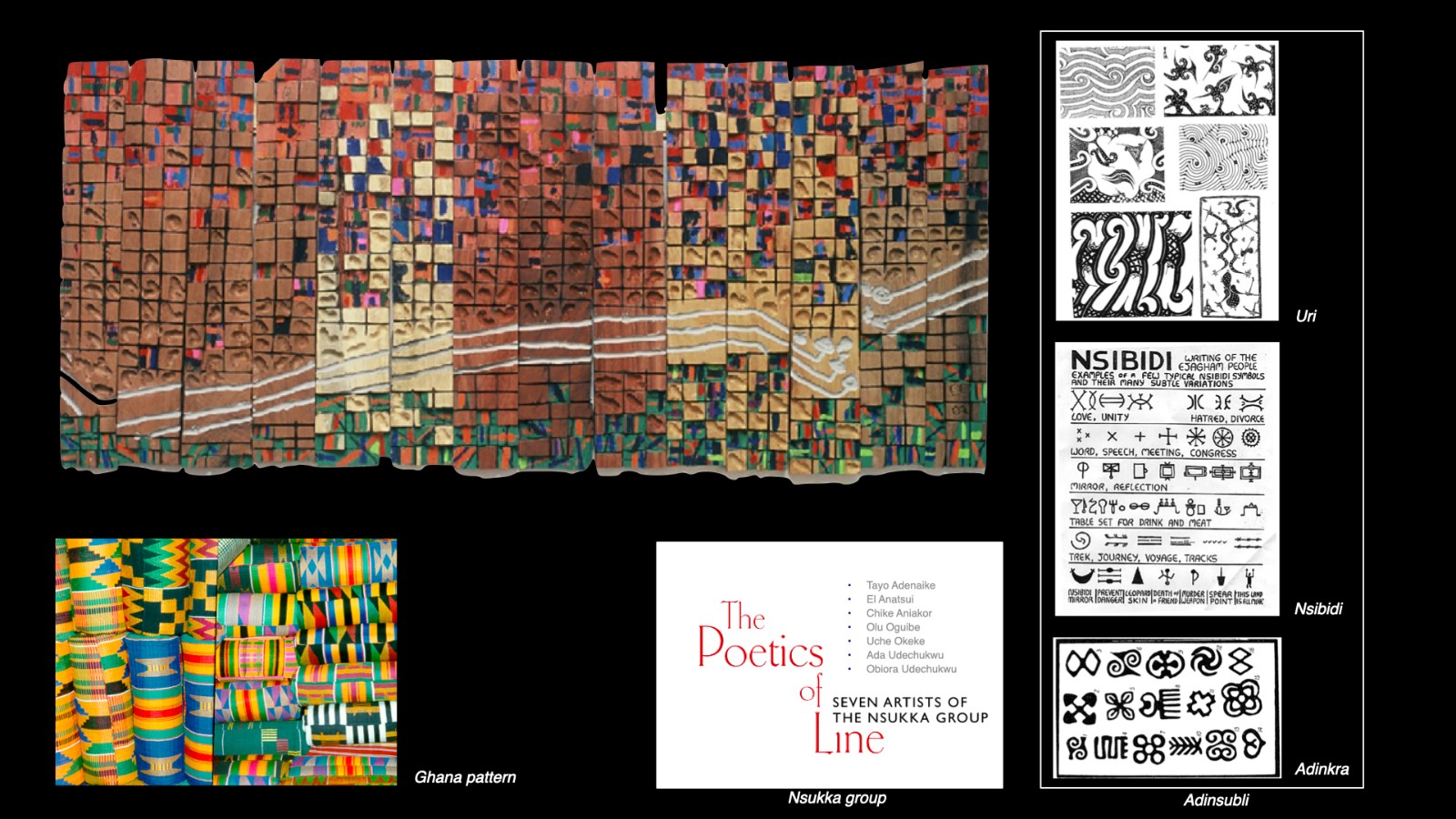


Yin Zichen "Research on Contemporary Art in Austria"

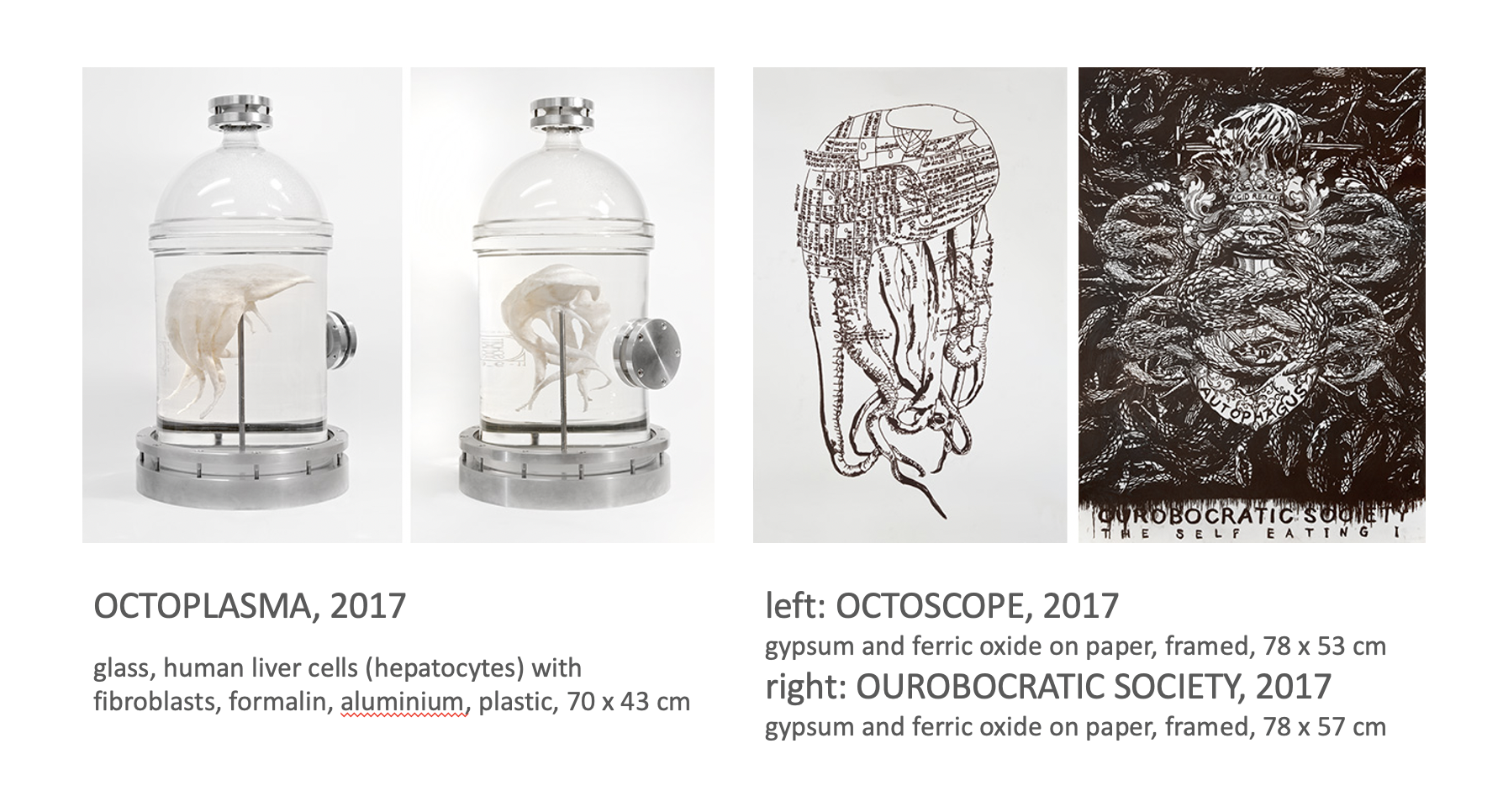
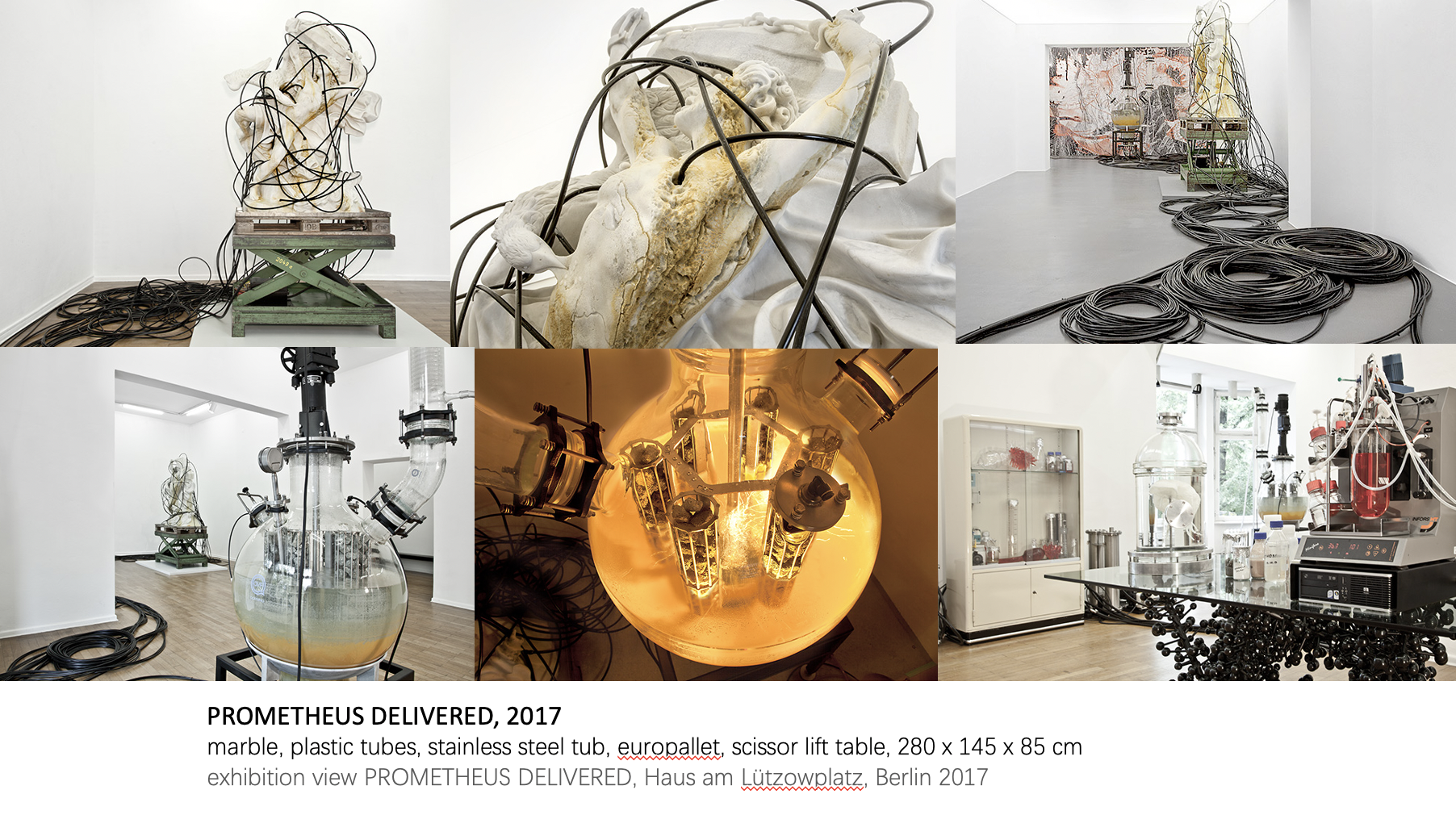
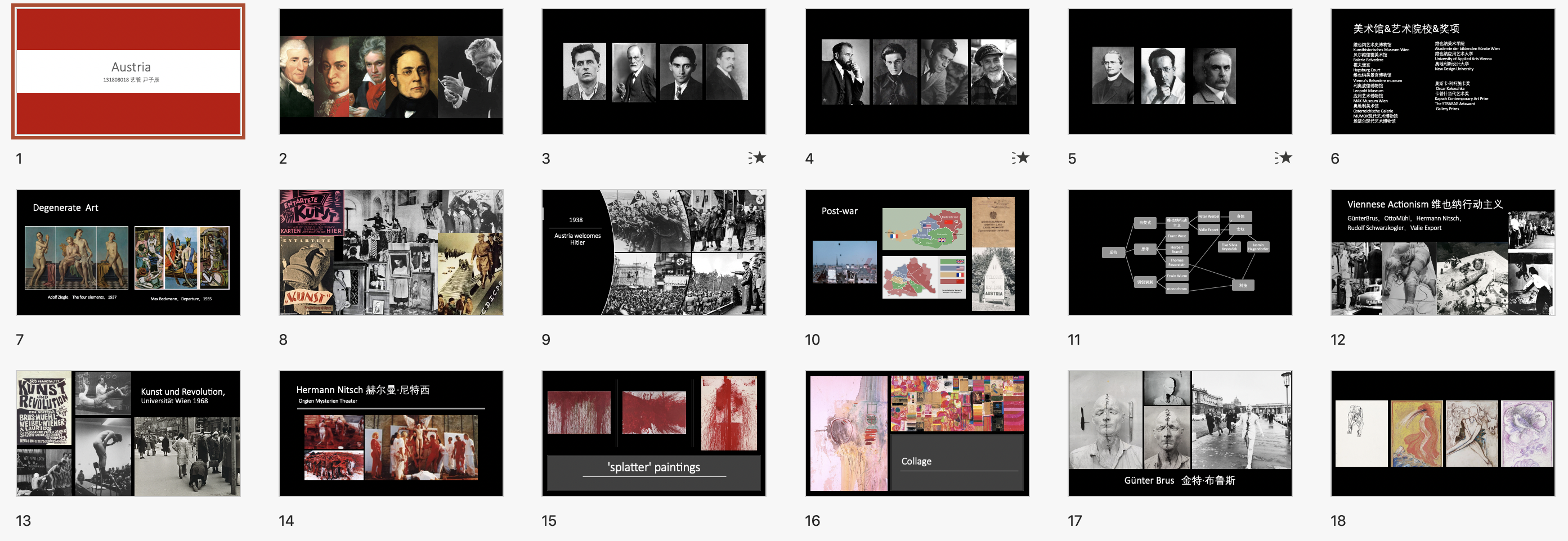
Interview conducted by Zhang Yizhi, translated by Emily and edited by Sue.
Image and materials courtesy of Professor Qiu Zhijie and his students.























